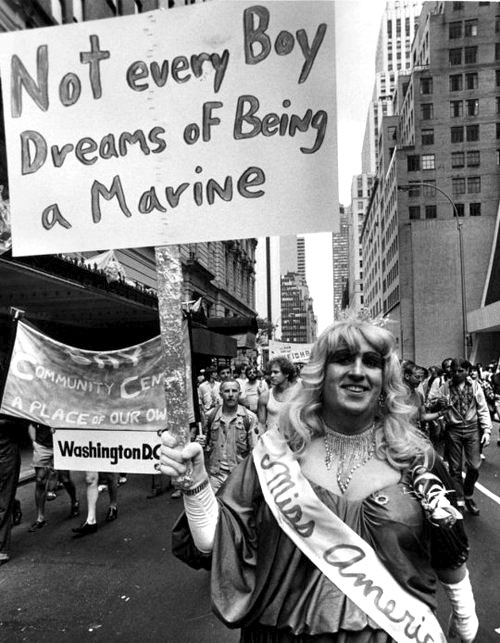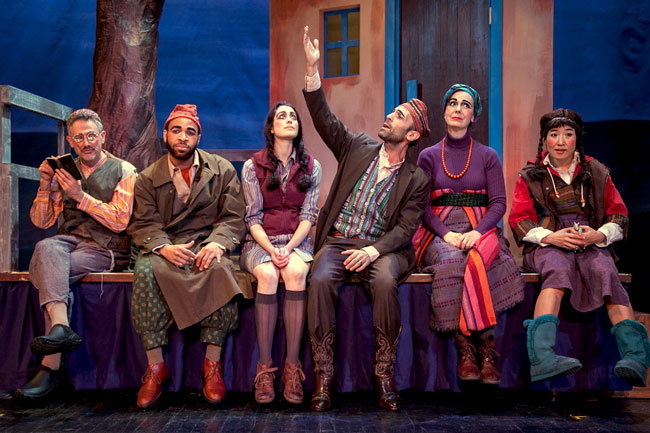
Over the years I've made my take on the campaign to allow gays in uniform (or on the wedding cake) pretty clear, arguing that a truly progressive Queer rights movement has been highjacked by the most conservative of agendas. When DADT was finally dumped, I had hoped we could all finally stop talking about it and move on to more serious stuff, but the recent online fuss over the prosecution of its poster boy Dan Choi has again brought gay warriors out of the woodwork.
Yesterday my friend Bill Dobbs sent around an email with some reflections on the historical frenzy over DADT, and its continuing fallout today. Dobbs is always worth listening to, and I have his permission to print his letter in its entirety here:
When I heard people had chained themselves to the White House fence I figured a powerful protest was afoot. Turns out it was the same-sexer pro-war crowd who wanted to be part of the US military, Lt. Dan Choi et al. For his participation in the protest Choi faced federal charges and opted to go to trial. The link at the end of this post will tell you more about that.
Choi was just a part of a much larger, successful campaign to overturn Don't Ask Don't Tell (DADT) which means anti-gay discrimination against those serving in the military is coming to an end. It is also an example of a gay agenda item helping to damage progressive organizing and ideals. The campaign invoked patriotic themes, the "takeaway" from that effort is -- war is no big deal, signing up for the military is now a fine choice for youth, sexual minority and otherwise. Military recruiters and training programs are now back on campuses.
That the anti-war and gay movements walked arm and arm together for some decades is lost down the rabbit hole of history. The advancement of "equality" in the narrow gay sense means self-identified same-sexers can operate drones, blowing people to smithereens in service of the world's lone superpower.
The gay agenda and all those sillyass equal signs should NOT be confused with progress. That's a message that straight people in particular need to absorb; those organizing for peace stood mostly mute during the DADT-repeal effort.
And watch out for the mantra of "diversity" - the Pentagon has long been one of the most diverse workplaces in the country. The US military, of course, is far more than a workplace. There's the slight matter of war but that point got lost in the narrow discussions about DADT.
-Bill Dobbs
[the link Dobbs refers to above is Thursday's Washington Post story on Dan Choi's conviction]
[image from Against Equality ("queer challenges to the politics of inclusion")]
